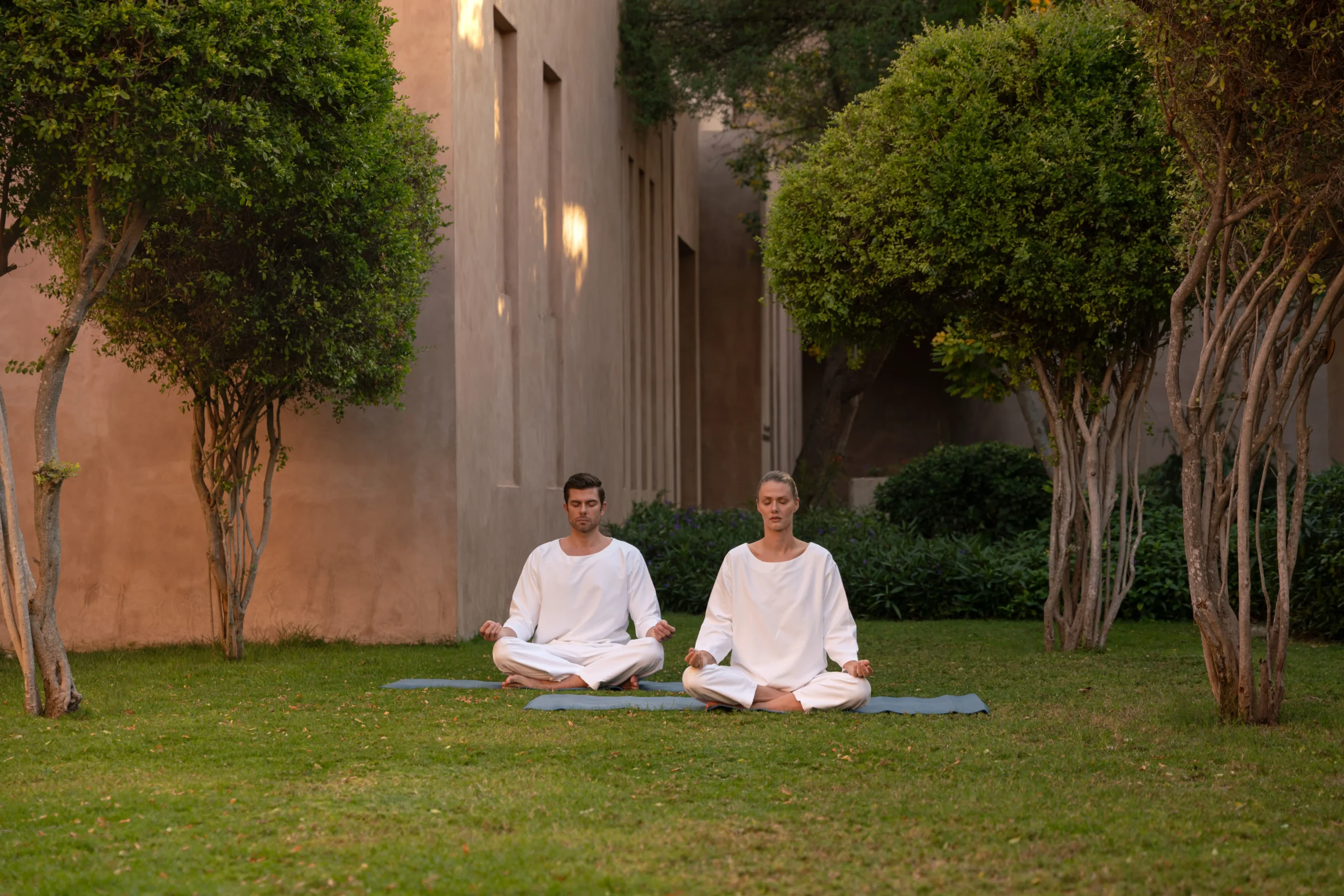The Synergy of Water and Breath: Using Meditation in the Bath for Emotional Release and Personal Renewal

The Transformative Power of Water and Breath
Imagine sinking into a warm bath while enveloped in tranquility, the water cradling you like a gentle embrace. This simple act can transform your emotional landscape through the dual forces of water and breath. By combining meditation in the bath, you create a powerful environment for emotional release and personal renewal. The soothing quality of warm water, along with mindful breathing, provides a unique opportunity for reflection, relaxation, and reconnection with oneself.
In our fast-paced lives, finding a moment of stillness can indeed be difficult. However, the act of meditating in water offers unique benefits:
- Relaxation of the body and mind. The warmth of water promotes vasodilation, improving circulation and helping to alleviate muscle tension.
- Enhanced focus through guided breathwork. Engaging in structured breathing can sharpen attention and foster a sense of clarity amidst the chaos of daily life.
- Emotional release from stress and anxiety. Regularly engaging in this practice can lead to a significant decrease in cortisol levels, promoting a lasting sense of calm.
This synergy between water and breath does not only create an immediate sensation of peace but also fosters long-term emotional health. Research shows that combining the ritual of bathing with mindfulness practices can lead to remarkable outcomes. Just consider these intriguing aspects:
- Water has a natural ability to calm the nervous system, allowing for deeper relaxation and a gradual shift from stress-induced anxiety to serenity. Studies have shown that immersion in water can lower heart rates and reduce muscle tension.
- Breathwork can regulate emotions and create a sense of balance. Techniques such as box breathing or diaphragmatic breathing can expedite the process of inducing tranquility, grounding you in the present moment.
- Both elements together foster a deeper connection to oneself. When your body is relaxed and your mind is focused, you can more easily access inner thoughts, emotions, and insights.
As you explore the profound synergy between water and breath, consider introducing simple techniques into your bathing routine. For instance, try to set aside at least 20 minutes for your bath. During this time, you can practice deep breathing by inhaling through your nose for a count of four, holding it for a count of seven, and exhaling through your mouth for a count of eight. This not only calms the mind but also allows for a more mindful engagement with the experience of being in water.
Additionally, you can enhance your bath with essential oils, bath salts, or calming music to create a more immersive atmosphere. Each of these elements contributes to a holistic approach to emotional healing and lasting transformation, allowing you to emerge from your bath rejuvenated and centered.

By prioritizing these moments of meditation and reflection, you take an important step towards enhancing overall well-being, ultimately leading to significant improvements in daily life. Embrace the healing power of water and breath, and you may find the inner peace you’ve been seeking.
DISCOVER MORE: Click here to deepen your mindfulness practice
The Enlightening Experience of Bath Meditation
Engaging in meditation while submerged in water cultivates a unique atmosphere for emotional release and personal renewal. It’s not just about enjoying a bath; it’s about creating a sacred space where the simple elements of water and breath coalesce, enabling profound self-exploration and healing. Bathing, in this context, evolves into a nourishing ritual where every droplet resonates with the rhythms of your breath, guiding you towards a more mindful state.
Research indicates that integrating meditation with hydrotherapy can magnify the benefits of each individually. The body absorbs warmth from the bath water, melting away physical tension and stress, while deliberate breathing deepens relaxation. Here are a few key components to understand about this synergistic practice:
- Hydrostatic Pressure: Immersion in water creates hydrostatic pressure that helps to reduce swelling and promote relaxation, allowing the body to unwind effortlessly. This unburdening opens up space for emotional catharsis, enabling a genuine connection with your feelings.
- Breath Awareness: Conscious breathing cultivates mindfulness, allowing you to focus entirely on the present moment. Techniques such as 4-7-8 breathing not only promote relaxation but also anchor you in the moment, helping to quiet your mental chatter. This focused awareness encourages a deeper exploration of your emotional landscape.
- Nature’s Elements: Water symbolizes cleansing and renewal. As you immerse yourself in warm water, visualize it washing away your worries, fears, and anxieties. This act of surrender reinforces your intention to release negativity and embrace renewal.
Importantly, the ritual of bathing can also mirror the cyclical nature of life. Just as water flows and changes shape, so do our emotions. Engaging in meditation allows us to recognize that emotions are transient and can be expressed, processed, and ultimately released rather than bottled up.
To maximize the benefits of meditative bathing, consider enhancing your experience with various elements. Incorporating natural scents such as lavender or eucalyptus can promote relaxation and elevate your senses. Experimenting with different temperatures, from warm to cool, might also add an exciting layer to your practice, stimulating your physical and emotional responses.
The practice of meditation in the bath not only rejuvenates your body but also invites a deeper understanding of your emotional state. As you navigate this intimate space, allow yourself to let go of external distractions and tune into the essence of who you are. This is a journey of self-discovery and healing, facilitated beautifully by the synergy of water and breath.
| Advantages | Key Features |
|---|---|
| Enhanced Relaxation | Warm water and deep breathing techniques create a calming environment, promoting a profound sense of peace. |
| Emotional Release | Meditation in the bath helps individuals process emotions, leading to cathartic releases and mental clarity. |
In this serene space, the combination of warmth and mindful breathing can do wonders. The enhanced relaxation experienced during bath meditation is no mere coincidence; it stems from the body’s natural response to warm water, which releases endorphins and reduces cortisol levels. As one immerses themselves in this soothing atmosphere, it becomes easier to disconnect from daily stresses. Moreover, practicing meditation while bathing allows individuals to create a personal oasis that not only enhances relaxation but also facilitates emotional release. By embracing this method, many have reported newfound clarity and peace, feeling empowered to tackle their emotional struggles head-on. With water as a supporting element, one may find that they more readily let go of negative emotions and restore their sense of self, an essential aspect of personal renewal. This unique synergy of water and breath can be transformative, leading to greater overall well-being—encouraging practitioners to explore the delicate balance of their emotional and physical selves further.
DIVE DEEPER: Click here to discover more
Unlocking Inner Peace through Sensory Engagement
While the synergy of water and breath forms the foundation of meditative bathing, the experience can be further enhanced through sensory engagement. Incorporating elements that stimulate the senses—sight, sound, touch, and scent—can propel you deeper into your meditative state and amplify emotional release.
Starting with visual tranquility, consider dimming the lights or utilizing soft, ambient lighting such as candles or fairy lights. The flicker of candle flames creates a mesmerizing dance that serves to quiet the mind. Additionally, you may also wrap your space in a cocoon of visual serenity by adding plants or calming images to your bathroom environment, fostering a connection with nature that enhances relaxation.
The auditory landscape is equally crucial. The gentle sound of water—whether it’s running water, soft waves, or harmonious tunes—can enhance your meditative state. Sound healing, through instruments like Tibetan singing bowls or calming playlists, can guide your mind and body to resonate with a higher frequency. Research indicates that sound waves can create vibrations that change brain wave patterns, promoting a state of peace and relaxation.
Now, consider the importance of tactile sensations. While submerged in water, the feeling of the gentle currents against your skin can become a focus of meditation. You might experiment with the textures of bath products—whether it’s the smoothness of bath oils or the softness of bath bombs dispersing in the water. These sensory experiences not only elevate relaxation but also enhance the awareness of your own body, aiding in the release of pent-up emotions as you focus on feeling.
Scent is an incredibly powerful tool in facilitating emotional release. The olfactory system is closely linked to the emotional centers of the brain, meaning that pleasant scents can evoke feelings of contentment and security. Essential oils, such as lemon for uplifting energy or chamomile for soothing effects, can transform your bathing ritual into a multisensory experience. To further enhance your practice, consider adding a few drops of essential oils into your bathwater or using an essential oil diffuser in your bathroom.
For those looking to deepen their meditation practice while bathing, employing visualization techniques can be a transformative tool. Imagine your breath as waves rolling onto the shore, each inhale lifting you higher and each exhale washing away residual tension. This visualization aligns with the rhythmic flow of water, further bonding the breath and emotion together in a holistic practice of release.
Setting an intention for your meditative bath can also lead to significant emotional breakthroughs. Whether it’s letting go of anxiety, embracing self-love, or inviting positive energy into your life, consciously focusing on your intention provides a target for your meditative practice, allowing for greater clarity and emotional release.
Finally, the practice of gratitude can profoundly shift your emotional landscape during bath meditation. Reflecting on what you’re grateful for as you soak may encourage positive emotions to surface, disrupting negativity and instilling a sense of peace and contentment. This simple shift in perspective can serve as a catalyst for personal renewal, allowing you to emerge from your bath transformed and rejuvenated.
Dive Deeper: Click here to discover the benefits
Embracing Transformation through Bath Meditation
In conclusion, the synergy of water and breath presents a profound opportunity for emotional release and personal renewal. By immersing ourselves in a carefully curated bathing experience that engages our senses, we can transcend the ordinary and access a deeper state of tranquility. The combination of visual serenity from soft lighting, soothing sounds, tactile sensations of water, and aromatic fragrances creates a rich tapestry that enhances our meditative journeys.
Engaging in this practice allows us to harness the power of intention, guiding us toward specific emotional breakthroughs. As we visualize our breath in harmony with the gentle waves of water, we begin to see the connection between our mind, body, and spirit. This transformative routine not only supports the release of pent-up emotions but also opens the door to renewal, fostering a sense of inner peace and clarity.
Moreover, integrating gratitude into our meditative baths further magnifies the potential for emotional healing. By acknowledging what we appreciate in our lives, we cultivate positive energy that can replace negativity and self-doubt. Throughout this process, we emerge from our baths not only refreshed but revitalized—ready to tackle the challenges that await us.
As you explore the practice of meditative bathing, remember that each experience is unique. Customize your rituals, listen to your intuition, and embrace the transformative power of water and breath. In doing so, you may discover not only a pathway to emotional release but also a deeper connection with yourself—one that can lead to greater wellness and fulfillment.


